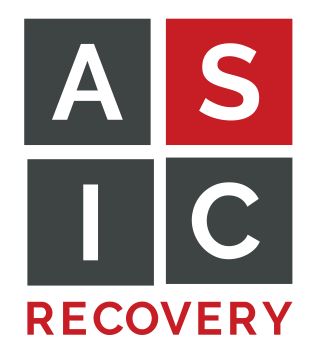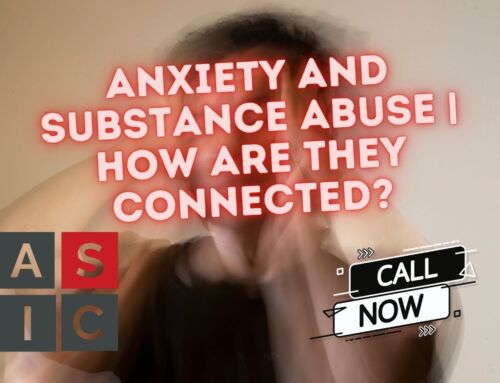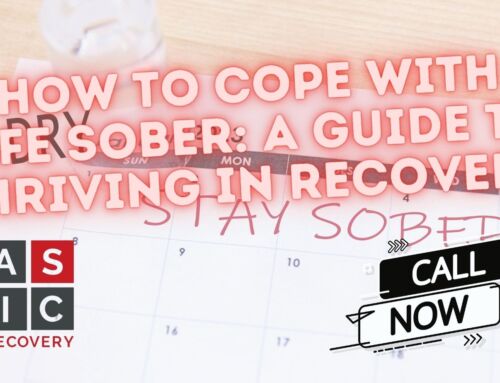Codependency, sometimes called relationship addiction, is a behavioral and emotional condition that hinders a person’s ability to have healthy relationships. A person is codependent if they rely on another person for their physical, emotional, mental, and even spiritual needs.
We all learn behaviors when we are children. If a person witnesses codependent behavior as a child, they are more likely to form codependent relationships later in life.
Codependency can be mistaken for love, and the vast majority of people do get the two mixed up. Many songs are about someone who needs another person to feel whole or happy.
If you need another person to feel “complete,” then your happiness is contingent on outside circumstances. Your emotions and behaviors are reduced to the reactions you have to the other person’s behavior.
Codependent relationships are one-sided and usually include some level of emotional and even physical abuse.
Behavior described as codependency came from the observation of interpersonal relationships in families that include someone with the disease of addiction.
At ASIC Recovery, our Intensive Outpatient Program (IOP) is dedicated to helping individuals develop healthier habits and build a life in long term recovery.
Click to learn more.
Codependency: What It Looks Like
As humans, we all rely on one another. If we all isolated, then there would be no society where we could flourish as a species. That being said, being dependent on other people for certain things is not a bad thing. It can in fact be a very positive thing.
Being codependent is different from regular dependency. A codependent will literally arrange their life in a way that they think will make them more desirable to the other person. Their whole sense of worth comes from whether or not they think they’re doing a good job at this.
In a healthy relationship, two people don’t “need” to be together — they “want” to be together. They usually have areas of their lives independent of each other. Even if they work together, let’s say, to create a business, their self esteem is not derived from being needed by the other.
Codependent people typically have extremely low self esteem. They are constantly looking for things outside of themselves to feel better. Many abuse alcohol and other drugs to cope with their feelings of unworthiness. They may also engage in obsessive compulsive behaviors, such as workaholism, excessive gambling, and promiscuity.
A codependent person can also be an enabler of someone’s destructive behavior. For example, a mom addicted to drugs and her daughter may live in grandma’s basement rent free. Grandma pays all the bills and won’t contact CPS even though the child is in danger.
An Example of a Codependent Romantic Relationship
Here’s a story that gives you an example of a codependent romantic relationship.
Jerry and Sarah have class together every Tuesday and Thursday at the college they attend. Jerry doesn’t have many friends and is not certain what he wants to do with his life. Jerry is also shy, but eventually musters up the courage to ask Sarah for her number, which she gives to him.
Jerry is elated.
The two go on a couple of dates and have a good time. One weekend, Sarah informs Jerry that she has to go out of town to visit some family.
Classes end on Friday, and Jerry is bored because Sarah is not around. He can’t stop thinking about her and sends several text messages in a row. He stares at his phone for hours awaiting a reply but gets none. He then calls her 20 times in a row and she eventually answers telling him that everything is alright.
They continue to see each other, but Sarah is not needy like Jerry is. If she doesn’t respond to calls right away, he’s depressed. If she doesn’t tell him she loves him 10 times a day, he begins to buy extravagant gifts in hopes that one day she will.
Jerry needs to be needed by Sarah, but Sarah doesn’t “need” a romantic partner. Jerry’s needy behavior continues to progress, and Sarah dumps him. Jerry is devastated and drops out of school.
He may start to abuse substances like alcohol, and unless he seeks help for his codependency, it is likely that he will find himself in more relationships just like the one with Sarah.
This example shows that in a codependent relationship, there is at least one person who derives their whole sense of self from the relationship. They don’t have interests, goals, or a life independent of the relationship.
Signs and Symptoms of Codependency
Here are some of the warning signs of codependency.
People Pleasing
There’s nothing wrong with wanting to be liked, and it’s natural to want to make those around you happy, especially if they are close friends or family.
However, it goes overboard when you feel as if you “must” keep others happy at all times. You will forgo your personal needs for the needs of others, and you may have trouble saying “no” to others requests.
Poor Boundaries
In a codependent relationship, it is probable that both will have trouble recognizing and sticking to boundaries. One person doesn’t recognize boundaries, and the other person doesn’t enforce boundaries.
Usually, one person is the manipulator and the other is the enabler. Personal autonomy is often a struggle for both. It’s difficult for one person to allow the other to have their own emotions and feel them.
Need Permission
People who are codependent have trouble making decisions. This is due to a lack of self esteem. You may ask for permission just to do simple daily tasks, such as going to the post office or shopping at the grocery store.
Dependency
Dependency is a characteristic of a codependent relationship, and it involves one person just as much as the other. One person may have mental health and substance abuse issues, which has made it hard for them to hold a job.
They want to feel taken care of, so they end up with someone who will support them financially. The other person needs validation and the need to be needed, so they gladly participate in taking care of the other person.
Easily Offended
A codependent person often plays the role of a martyr. They sacrifice everything in their life for the happiness of the other person. This is a manipulation technique to get the other person to like them (and control them as well).
When the other person doesn’t behave or do things that the manipulator expects them to do, they get easily irritated and offended.
Here are some more signs and symptoms of codependency.
- Feeling that you are responsible for other people’s actions
- Getting upset when other people don’t acknowledge all that you do for them
- Constantly looking to other people for approval
- Trying to control another person’s behavior
- Trouble identifying emotions
- Extreme fear of being abandoned
- Constantly foregoing your needs for the needs of others
Stepping out of Codependency
Self awareness is the first step. You have to identify the problem in order to seek a solution. Seeking therapy is wise.
In order to stop acting out in a codependent manner, it’s important to do independent things. Take yourself out to eat or see a movie. Take a cooking class or join a bowling league.
You must become your best advocate. Positive affirmations are more powerful than you think. Saying them out loud in front of a mirror is extremely effective. You can’t love someone else if you don’t learn to love yourself.
Codependents Anonymous is a 12-step fellowship with meetings. Attending these will allow you to share with others who also struggle with codependency.
There are people who have gone through what you have and have emerged as a healthier version of themselves! You don’t have to do this alone.
IOP at ASIC Recovery
At ASIC Recovery, our Intensive Outpatient Program (IOP) is dedicated to helping individuals develop healthier coping skills and build a supportive recovery network.
Click to learn more.



